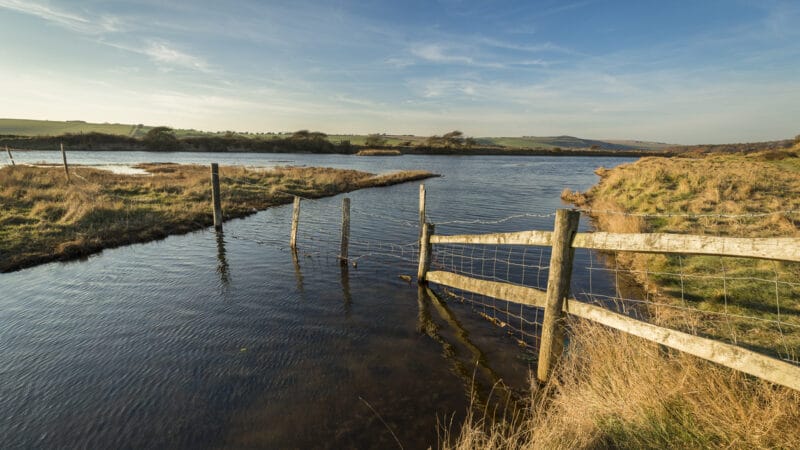In early 2019, Hastings District Council was granted resource consent to remediate the highly controversial track that was constructed without public notification on the eastern slope of Te Mata Peak in late 2017.
Rice Speir represented the council (in its capacity as applicant) at the two day hearing before Independent Commissioners, Paul Cooney and Rauru Kirikiri.
The construction of the track in 2017 divided the local community. This was acknowledged by the Commissioners who, in their decision, acknowledged the significant dissention the establishment of the track had created in the Hawkes Bay community:
There were those who supported the track as a public amenity but equally there was a great deal of opposition to it for cultural and landscape reasons.
It was not easy for us as Commissioners to fully appreciate the depth of public opinion underlying this application, particularly from the local Maori community, who felt aggrieved and offended that the track could be established on a non-notified consent basis without any proper consultation with them. They said they had relied on the District Plan to provide protection for Te Mata Peak as a taonga and outstanding natural feature of the landscape but felt let down that such a situation could occur to their iconic tipuna (ancestor).
At the outset of the hearing, the council acknowledged and apologised profusely to iwi for the cultural offence and hurt that had been caused through the incorrect processing of the 2017 consent. For the council, it was this apology that underpinned the reason for the application.
Overall, the Commissioners had no reservations in deciding that consent should be granted, finding that, from a Maori tikanga perspective, the granting of the application would go a long way towards rectifying the harm caused by the presence of the track on Te Mata and give proper recognition to the close ancestral relationship tangata whenua have with Te Mata Peak.
With the consented remedial work now underway, it is hoped that the scars caused by the lack of consultation with the local community will soon be healed.





